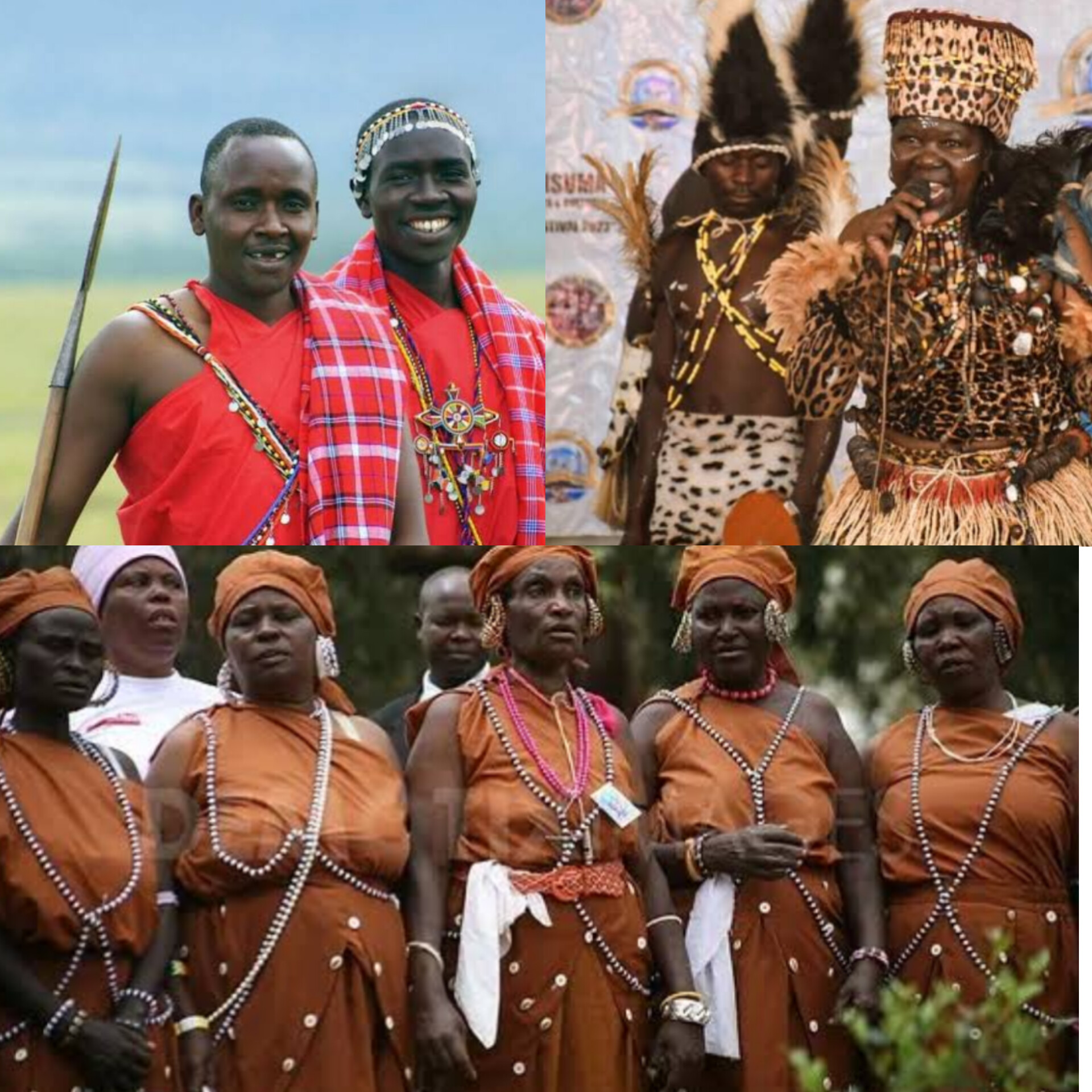
Kenya is a land of great diversity in its people and cultures. We have about 45 tribes in Kenya with different languages and cultures that all merge to become the unique mix of Kenyan culture. The biggest six tribes comprise about half the Kenyan population, and hence, there is a higher influence on Kenyan culture from the people of these big tribes.
The diverse cultures in Kenya give rise to a very interesting mix of traditional dresses and clothing. Most people have their own traditional way of dressing which makes it very interesting. Different people have different cultural beliefs and practices. Traditional marriage ceremonies are big events for all Kenya tribes although they are all done with their own unique flavor.
All Kenya people speak the national Language of Swahili and most people speak English too. Therefore, all Kenyan people can communicate with each other with ease. Most people speak their own traditional languages too.
Language, however, is the main criterion for a tribe. There are three main language groups into which the tribes in Kenya can be divided:
Bantu Speaking Tribes
The Bantu people of Kenya are part of the larger Bantu ethnic group found across Africa. They migrated from Central Africa in waves over thousands of years, bringing with them agriculture, ironworking, and unique cultural traditions. In Kenya, the Bantu-speaking communities are primarily categorized into three major groups: Central Bantus, Western Bantus, and Coastal Bantus.
Central Bantu
The Central Bantu communities in Kenya include the Kikuyu, Akamba, Embu, Meru, and Mbeere. They migrated from the Congo Basin and settled in the central highlands of Kenya, attracted by the region’s fertile soils and favorable climate for farming. These groups were traditionally agriculturalists, cultivating crops such as maize, beans, and bananas. They also practiced livestock keeping and had a well-organized clan-based social structure. The Kikuyu, the largest ethnic group in Kenya, played a significant role in the country’s history, particularly in the struggle for independence.
Western Bantu
The Western Bantu communities, which include the Luhya, Kisii, and Kuria, settled in the western and southwestern regions of Kenya. Their ancestors migrated from the Great Lakes region and settled around Lake Victoria and the surrounding highlands. The Luhya, one of Kenya’s largest ethnic groups, are known for their diverse sub-tribes, each with unique traditions. Western Bantus practiced farming, growing crops such as millet, sorghum, and maize, while also engaging in trade and ironworking. Their societies were traditionally organized around clans and elders who played a key role in governance.
Coastal Bantu
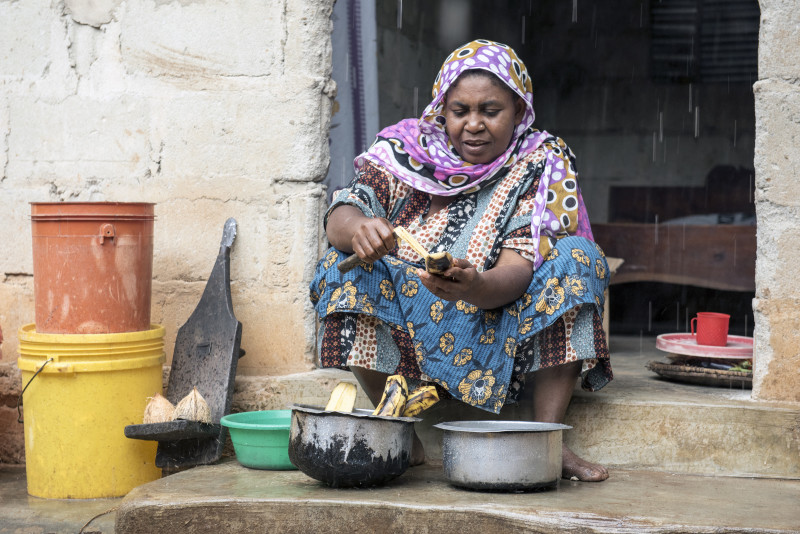
The Coastal Bantu communities include the Mijikenda, Swahili Taita, Taveta, Segeju, and Pokomo. They migrated from central Africa and settled along the Kenyan coast and nearby regions. Due to their proximity to the Indian Ocean, they developed trade relations with Arab and Persian merchants, leading to cultural influences such as the adoption of Swahili as a lingua franca. The Mijikenda, a group of nine closely related tribes, are known for their historic kayas (sacred forests), which played a significant role in their spiritual and social lives. The Pokomo, who settled along the Tana River, practiced both farming and fishing, making use of the river’s resources.
Nilotic Speaking Tribes
The Nilotic-speaking tribes in Kenya are part of the larger Nilotic ethnic group found across East and Central Africa. They originated from the Nile Valley region, particularly in present-day South Sudan, and migrated into Kenya between 1000 and 1800 AD. The Nilotic communities in Kenya can be categorized into three main groups: Plain Nilotes, Highland Nilotes, and River-Lake Nilotes.
Plain Nilotes
The Plain Nilotes include the Maasai, Samburu, Teso, Njemps, Elmolo, and Turkana. These groups primarily settled in the arid and semi-arid regions of Kenya, such as Rift Valley, northern Kenya, and parts of Laikipia. They are traditionally pastoralists, relying on cattle for food, wealth, and social status. The Maasai, known for their warrior traditions and distinctive red attire, have maintained much of their traditional way of life despite modernization. The Turkana, Kenya’s second-largest pastoralist community, inhabits the northwestern parts of the country near Lake Turkana.
Highland Nilotes
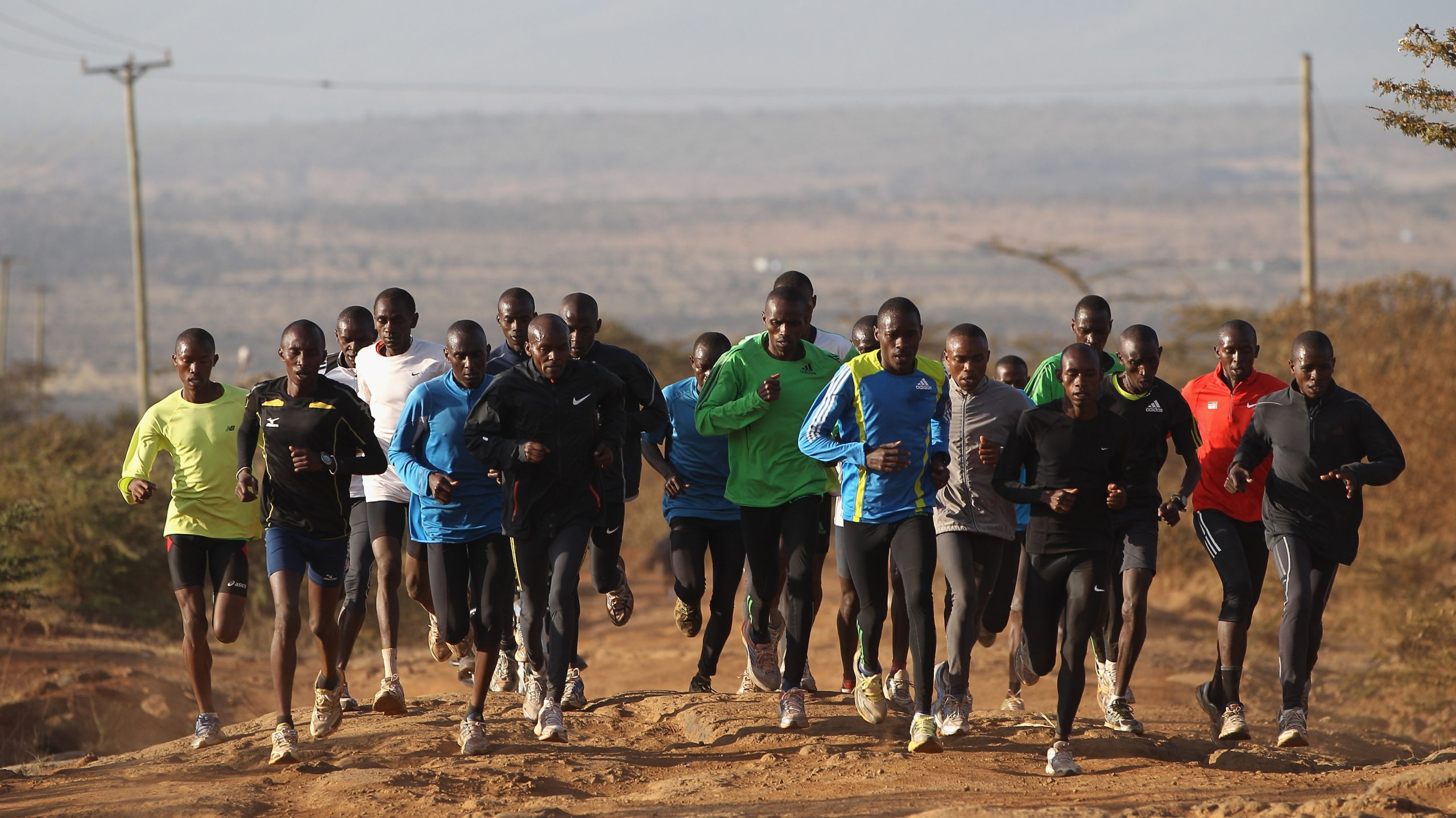
The Highland Nilotes include the Kalenjin, a group of closely related sub-tribes such as the Nandi, Kipsigis, Keiyo, Marakwet, Pokot, Tugen, and Sabaot. They migrated from the Ethiopian highlands and settled in the fertile highlands of the Rift Valley. The Kalenjin are well known for their farming skills and are globally recognized for producing world-class long-distance runners. Traditionally, they practiced cattle keeping and mixed farming, and their social structure was organized around age-set systems that guided leadership and community responsibilities.
River - Lake Nilotes
The River-Lake Nilotes include the Luo, who primarily settled around Lake Victoria in western Kenya. Unlike other Nilotic groups, the Luo historically depended on fishing as their main economic activity, along with farming and trade. The Luo played a significant role in Kenya’s political history and are known for their strong cultural heritage, including traditional music and storytelling. They have a clan-based system of governance and highly value education and leadership.
Cushitic Speaking Tribes
The Cushitic-speaking tribes in Kenya are part of the larger Afro-Asiatic language family, with origins tracing back to the Horn of Africa. They migrated into Kenya from Ethiopia and Somalia, settling in the northern, northeastern, and coastal regions. These communities are traditionally pastoralists, traders, and farmers, adapting to the harsh semi-arid and arid environments where they settled. The Cushitic-speaking tribes in Kenya can be categorized into two main groups: Eastern Cushites and Southern Cushites (though the latter are now nearly extinct).
Eastern Cushites
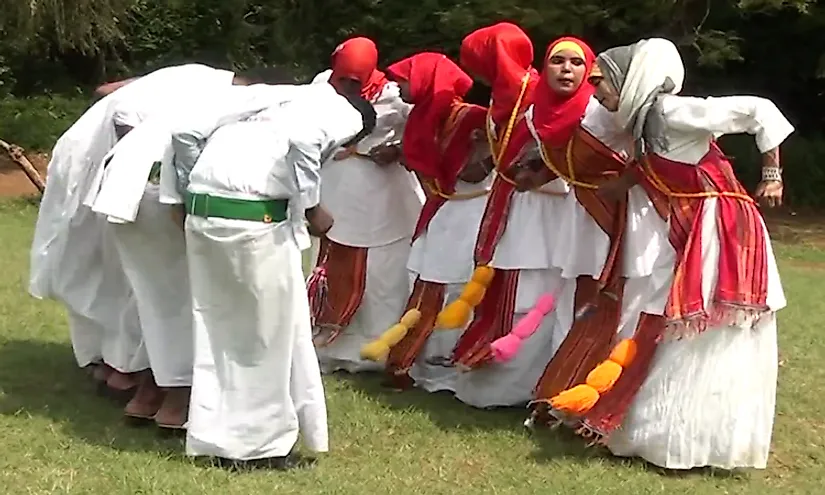
The Eastern Cushitic-speaking communities are the largest Cushitic group in Kenya and include the Somali, Rendille, Borana, Gabra, and Orma.
- Somali – Primarily found in northeastern Kenya, especially in Garissa, Wajir, and Mandera counties. They are predominantly pastoralists and traders, with strong cultural ties to Somalia. The Somali have a clan-based social structure and practice Islam as their main religion.
- Borana – Originally from Ethiopia, the Borana settled in Marsabit and Isiolo counties. They are known for their cattle herding and traditional governance system called the Gadaa system, which organizes leadership based on age sets.
- Rendille – A semi-nomadic pastoralist community in northern Kenya, particularly in Marsabit County. They are closely related to the Samburu (a Nilotic group) and practice a mix of Cushitic and Nilotic cultural traditions.
- Gabra – A pastoralist group found in Marsabit County, closely related to the Borana. They primarily herd camels and are known for their rich oral traditions and storytelling.
- Orma – Found along the Tana River, the Orma people are cattle herders who share cultural similarities with the Somali and Borana. They have a history of interactions with Bantu-speaking communities such as the Pokomo.
Southern Cushites
The Southern Cushitic-speaking communities e.g. Boni were among the earliest Cushitic migrants to Kenya but have since been largely assimilated by Bantu and Nilotic groups. The most notable of these were the Yaaku, who originally inhabited the central highlands. Over time, the Yaaku were assimilated into the Maasai and lost their original Cushitic language, replacing it with the Maasai language.
Children Naming in Kenya
Birth Circumstances
Most Kenyan tribes give names with specific meanings related to the birth circumstances; a child born during rain might be named “Chepkorir” (Kalenjin), meaning “born during rain.”
Clan and Family Ties
Names often reflect the child’s clan or family lineage, helping to identify their ancestral roots.
Prefixes and Suffixes
Some tribes, like the Kalenjin, use distinct prefixes for boys (“Kip”) and girls (“Che”) in their names.
Naming Ceremonies
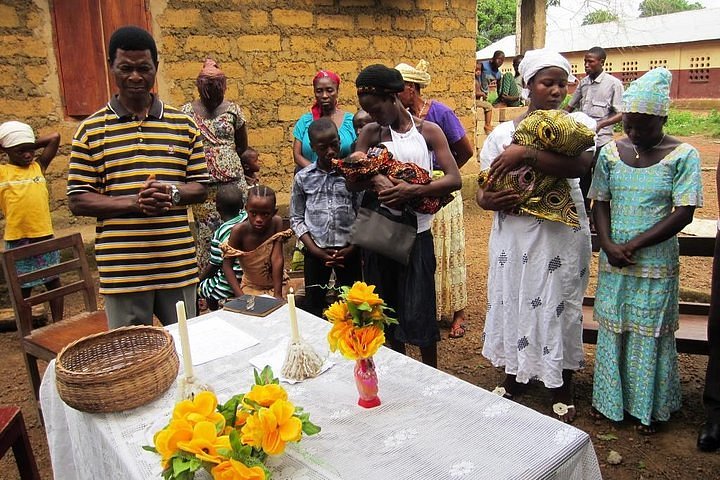
Examples of Kenyan tribes and their naming practices:
Kalenjin
“Kip” for boys and “Che” for girls, with names often reflecting the time of year or other birth circumstances.
Kikuyu
Names can reflect historical figures or significant events in their culture.
Luo
Names often relate to natural elements or personal characteristics.
Maasai
Names can be linked to animals or specific attributes of the Maasai culture.
Religions In Kenya
Kenya’s main religions are Christianity, Islam, and traditional African beliefs.
Christianity
The most widely practised religion in Kenya, with an estimated 85.5% of the population identifying as Christian
Introduced by European missionaries in the 19th and 20th centuries
After independence from colonial masters in the 1960s, Christianity was indigenized and has since undergone many changes
Islam
The second most widely practised religion in Kenya, with 10.9% of the population identifying as Muslim
Most prominent in the eastern, northeastern, and coastal parts of Kenya
Traditional African Beliefs
Practiced by the native people of Kenya before Christianity arrived
Each tribe typically practiced monotheism, the belief in a single God
Kenyans practice traditional values of humility, concern for neighbors, and maintaining kinship ties
Other religions practised in Kenya are Buddhism and Hinduism.
Kenya is one of only three African countries to recognize Hinduism as a religion.
Social Life In Kenya
Kenyan social life is diverse and communal, with a strong emphasis on family and community. Kenyans are known for being friendly and sociable, and they often spend time together.
Family
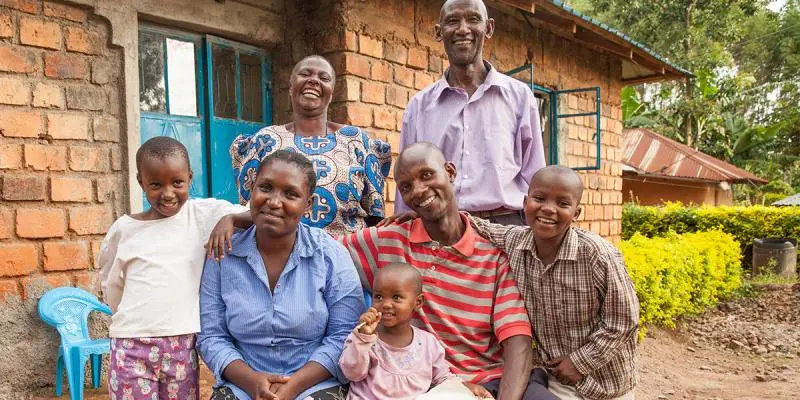
The family is the most important social unit in Kenya.
Extended families often live together, with grandparents, aunts, uncles, and cousins all under one roof.
Family members are expected to be supportive of each other.
The eldest male member is usually the head of the family.
Community
Kenyans value community and respect the right to speak.
Community meetings, called “baraza”, are a tradition in some ethnic groups.
Traditional community structures, like councils of elders, still play a role in governing social issues.
Food In Kenya
There are different types of food in Kenya, each reflecting the country’s rich cultural diversity.
Kenya offers a rich variety of dishes beyond staple and street foods, with flavors influenced by different communities and regions.
Staple Foods
Staple foods are the main components of most meals and are commonly eaten across the country.
Ugali
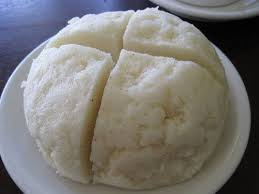
A staple food made from maize flour, salt, and water
Eaten with the hands
Served with meat, fish, stews, or vegetables
Nyama Choma
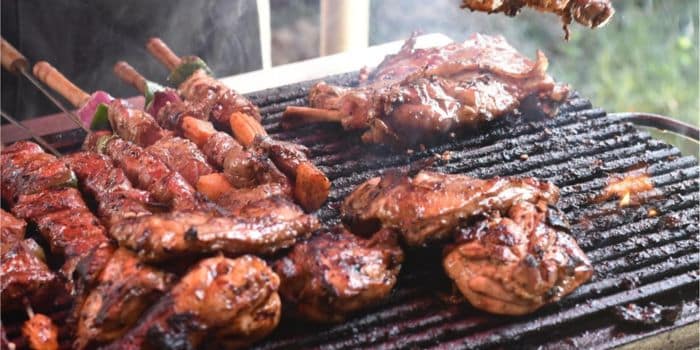
Kenya’s unofficial national dish
A barbecue of goat, beef, chicken, or fish
Seasoned with salt and cooked over hot coals
Served with rice, chapati/ugali and kachumbari
Pilau
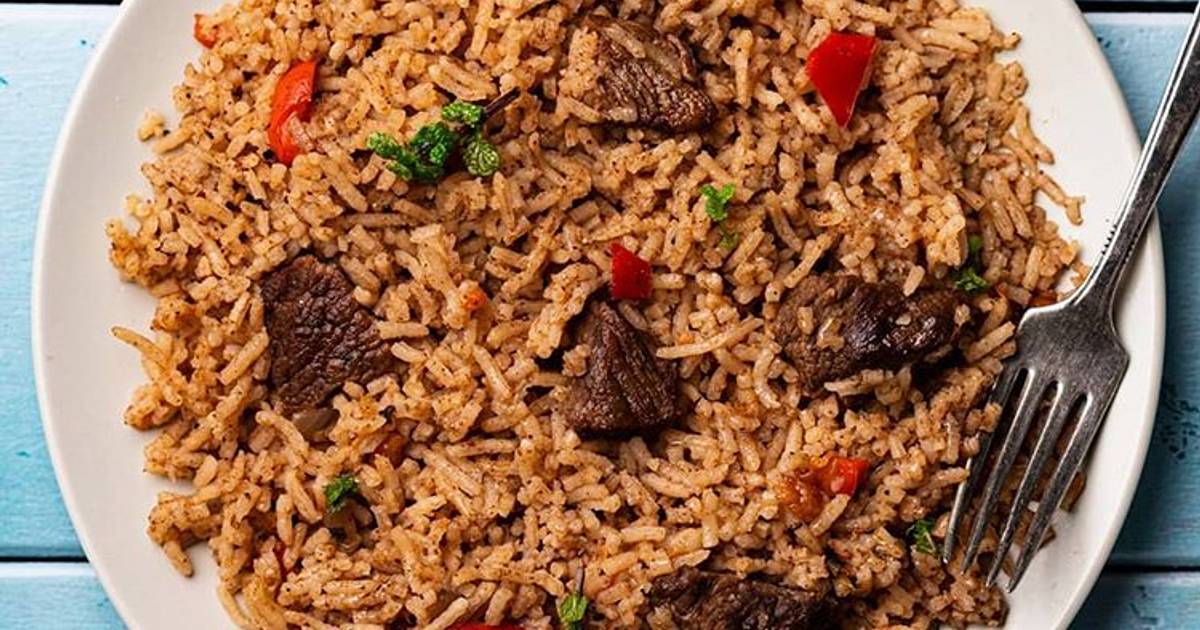
A flavorful rice dish cooked with spices like cardamom, cinnamon, cloves, and cumin
Served with meat stew, fresh tomato, and onions
Popular during holidays, weddings, and religious celebrations
Mukimo
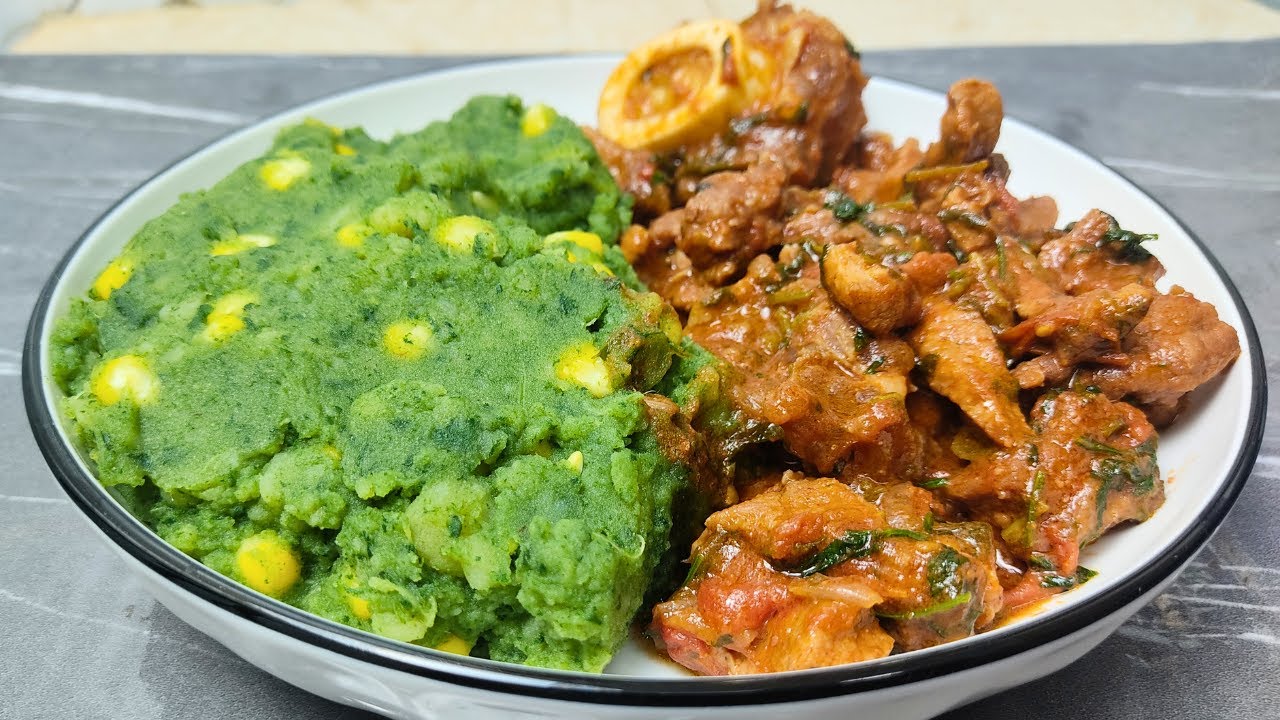
A dish made of sweet potatoes, corn, beans, and bananas.
Often associated with the Kikuyu Tribe from Central Kenya
Githeri
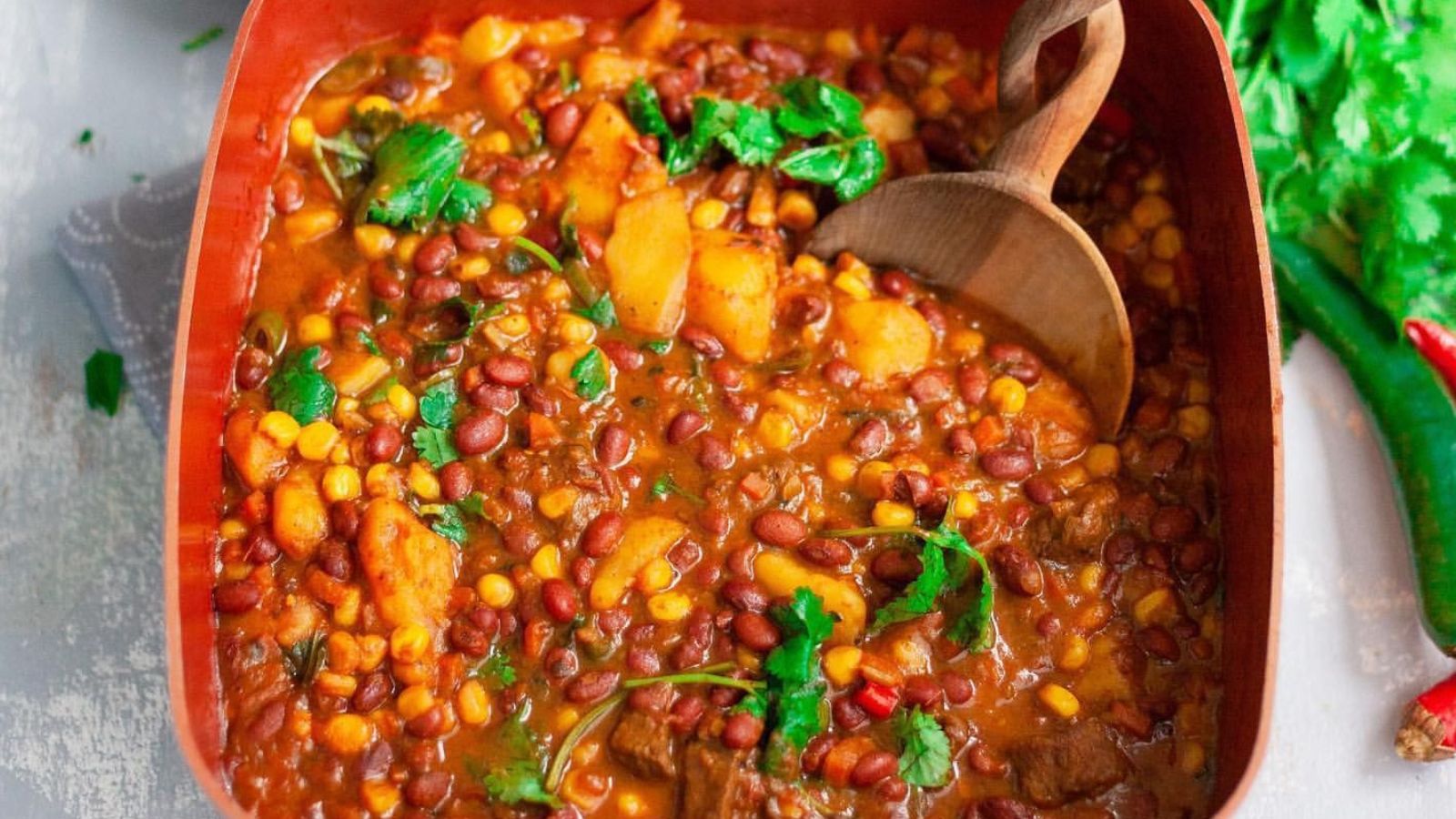
A variant of mukimo made of corn and beans
An original dish of the Kikuyu tribe
Chapati

A soft, layered flatbread made from wheat flour and oil.
An original dish influenced by Indian cuisine and popular across Kenya.
Served with stews, vegetables, or tea.
Street Foods
Kenya’s streets are filled with flavorful and affordable snacks, popular among locals and visitors. Some of the most common street foods include:
Mutura
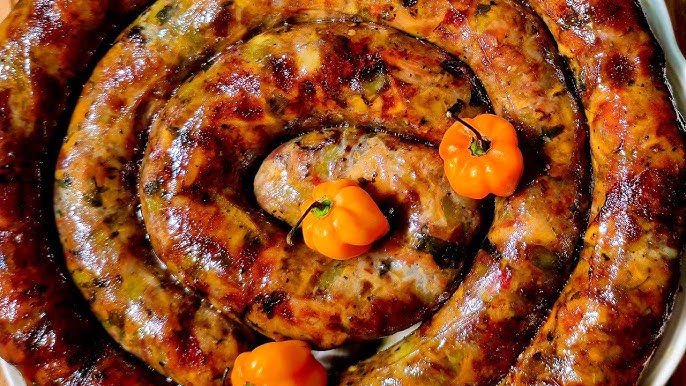
A spiced sausage made with minced meat and blood.
A popular delicacy grilled over an open flame and often enjoyed at night.
Mahindi Choma (Roasted Maize)
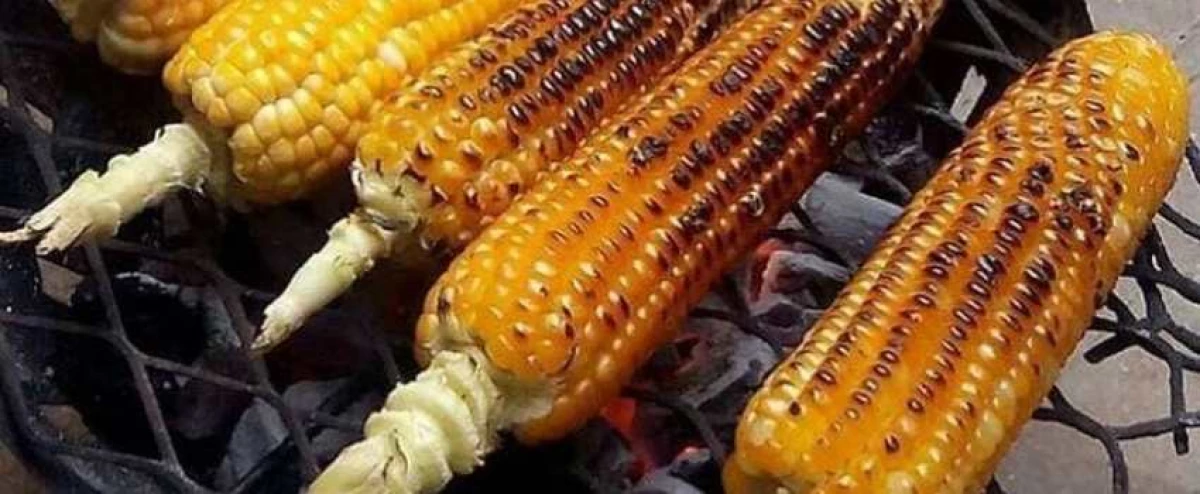
Roasted maize, slightly charred over an open fire.
A simple yet tasty snack often served with a sprinkle of salt and chili.
Samosa
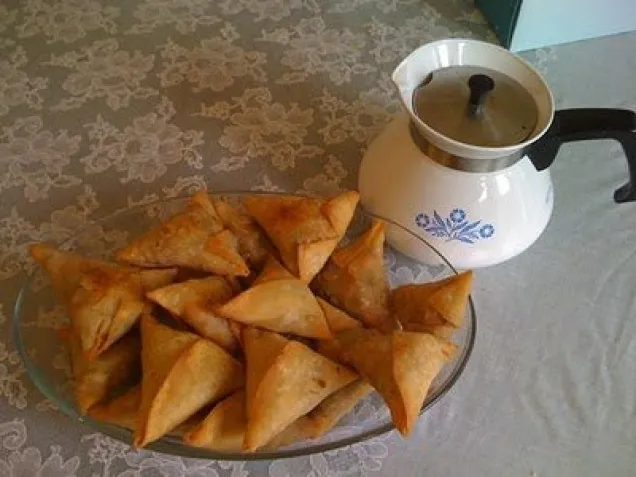
A crispy, triangular pastry stuffed with spiced meat, lentils, or vegetables.
A snack of Indian origin, commonly sold in markets and food stalls.
Bhajia
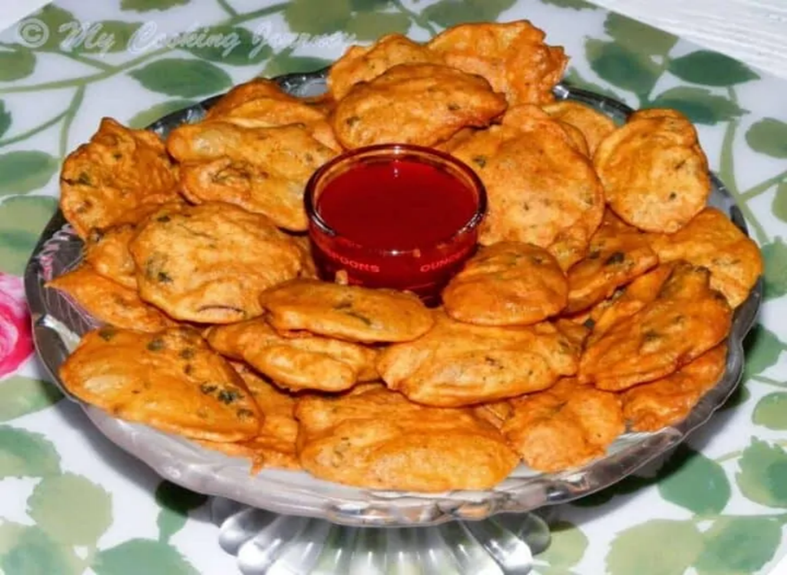
Sliced potatoes coated in spiced gram flour batter and deep-fried.
A crispy and flavorful treat, often served with tamarind sauce.
Viazi Karai

Deep-fried potatoes coated in a turmeric batter.
A coastal favorite, usually enjoyed with ukwaju (tamarind sauce), coconut chutney or chili sauce
Smocha
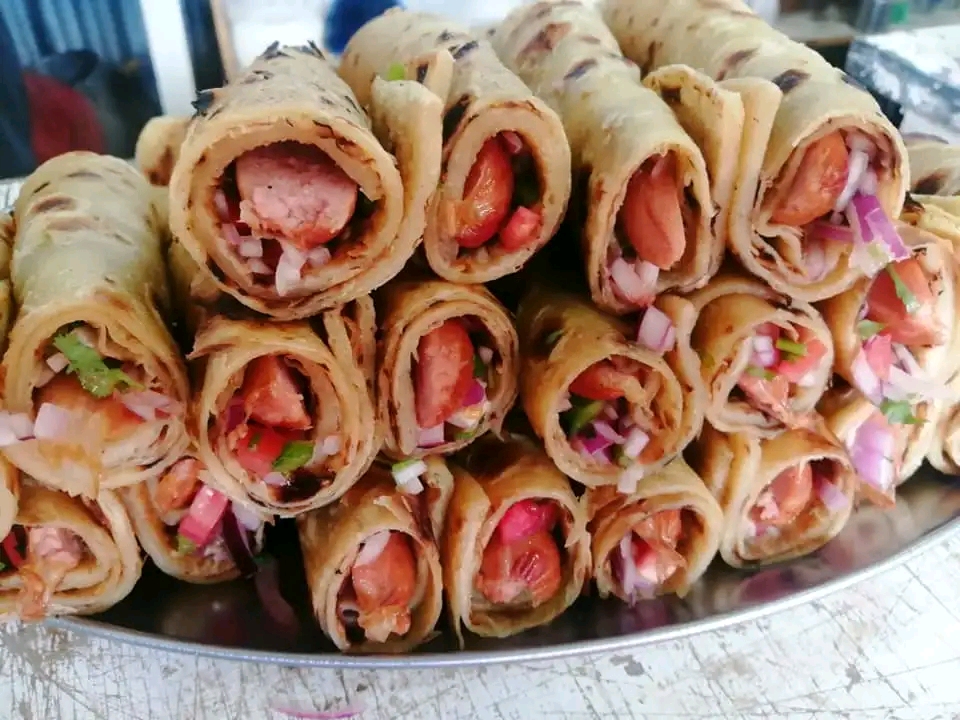
A mix of smokies and kachumbari wrapped in chapati.
A creative and filling street food, popular among students and young people.
Boiled Eggs
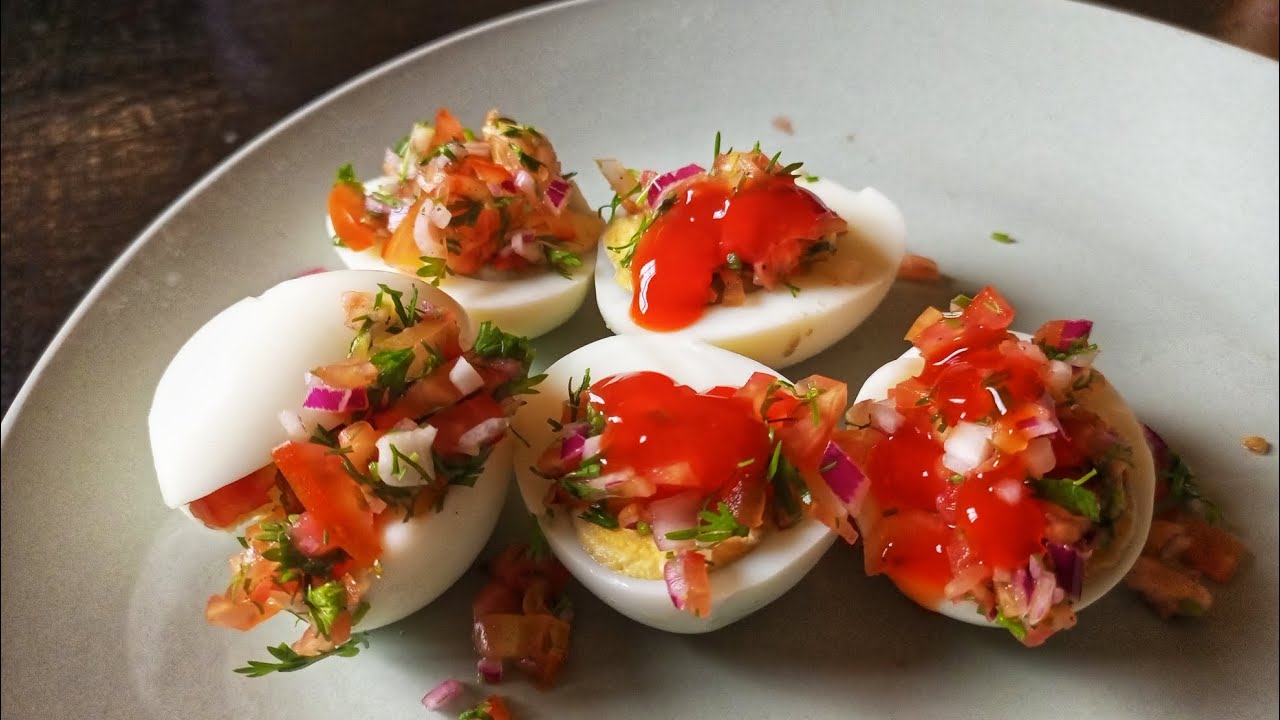
Hard-boiled eggs often served with kachumbari and chili.
A quick and protein-rich snack, commonly sold by roadside vendors.
Smokies (Smokie Pasua)
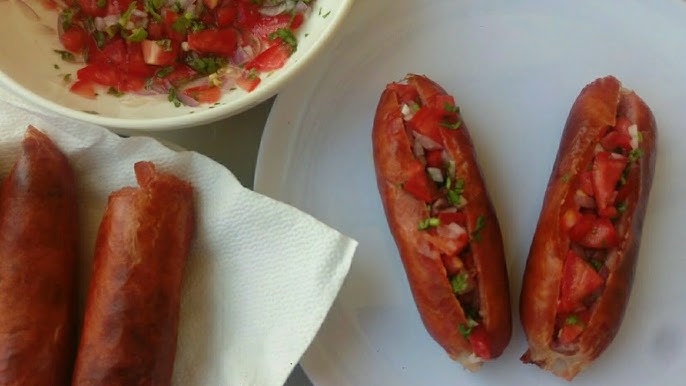
Juicy, smoked sausages, often eaten with kachumbari and sauce.
A convenient and tasty snack, widely available in urban areas.
Common Drinks and Beverages In Kenya
Kenya offers a variety of refreshing and flavorful drinks enjoyed across different regions.
Whether hot, cold, sweet, or tangy, Kenyan drinks provide a unique taste of the country’s diverse food culture.
Chai
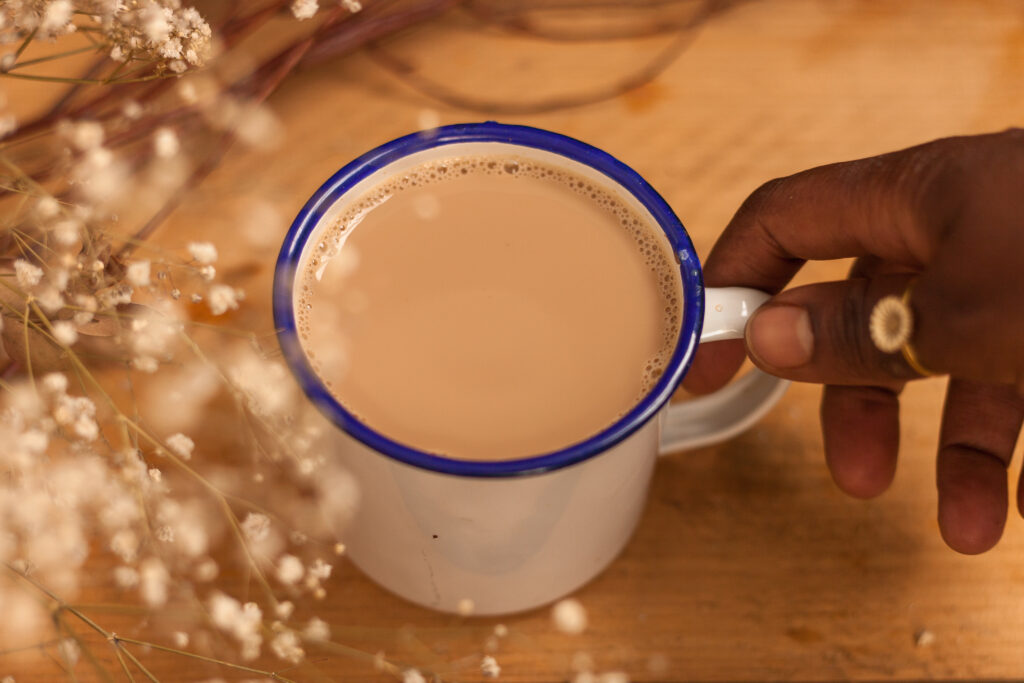
Although Kenya is an excellent producer of quality coffee and tea, the national drink of Kenyan is chai. Chai is a variety of tea that is boiled in milk and flavored with abundant sugar resulting in an extremely sweet and tasty drink.
A daily staple in most households, often enjoyed with snacks or breakfast.
Uji & Uji Power
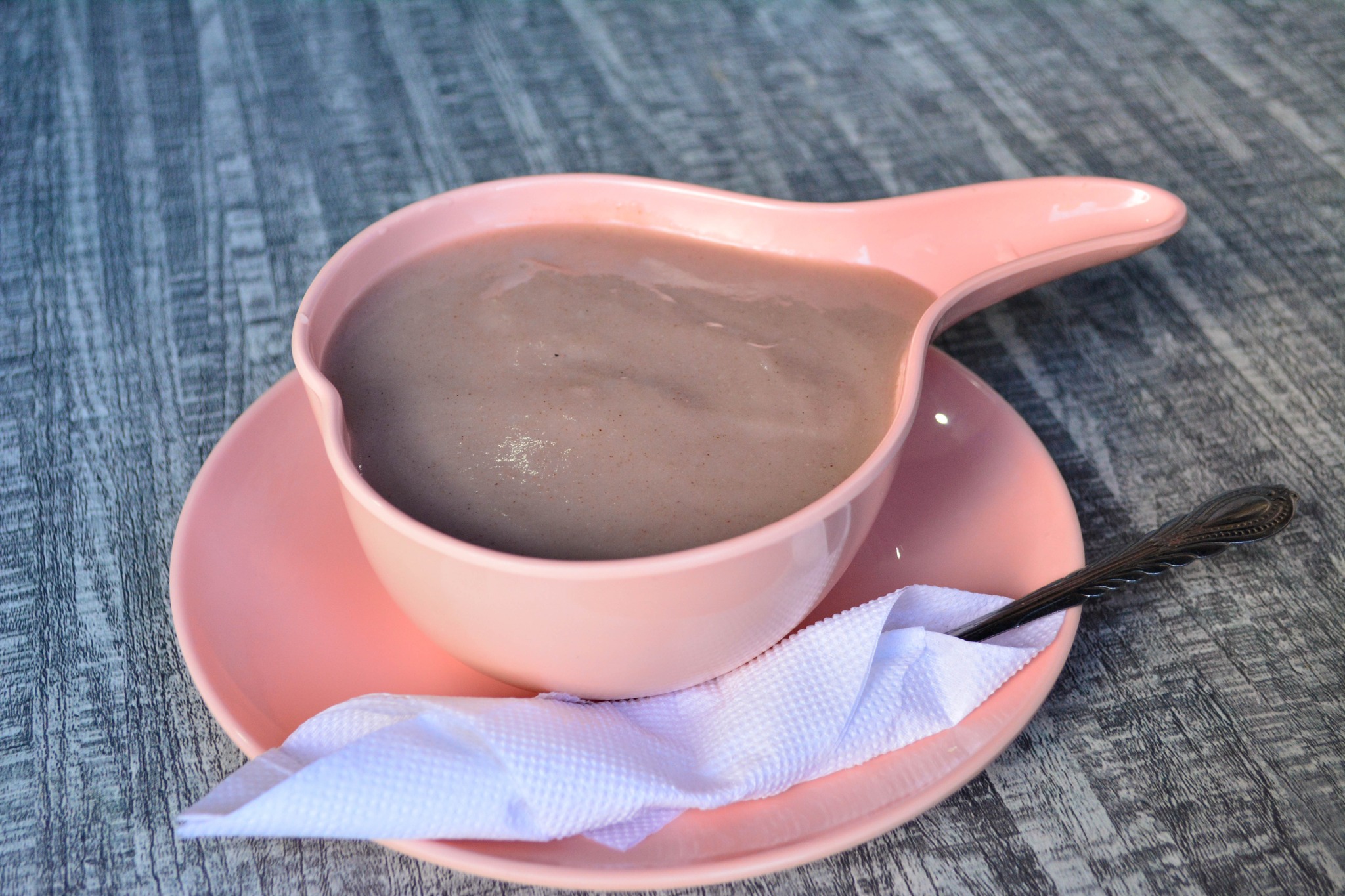
A thick porridge made from fermented millet or sorghum flour.
A nutritious and warming drink, commonly taken for breakfast.
Mursik
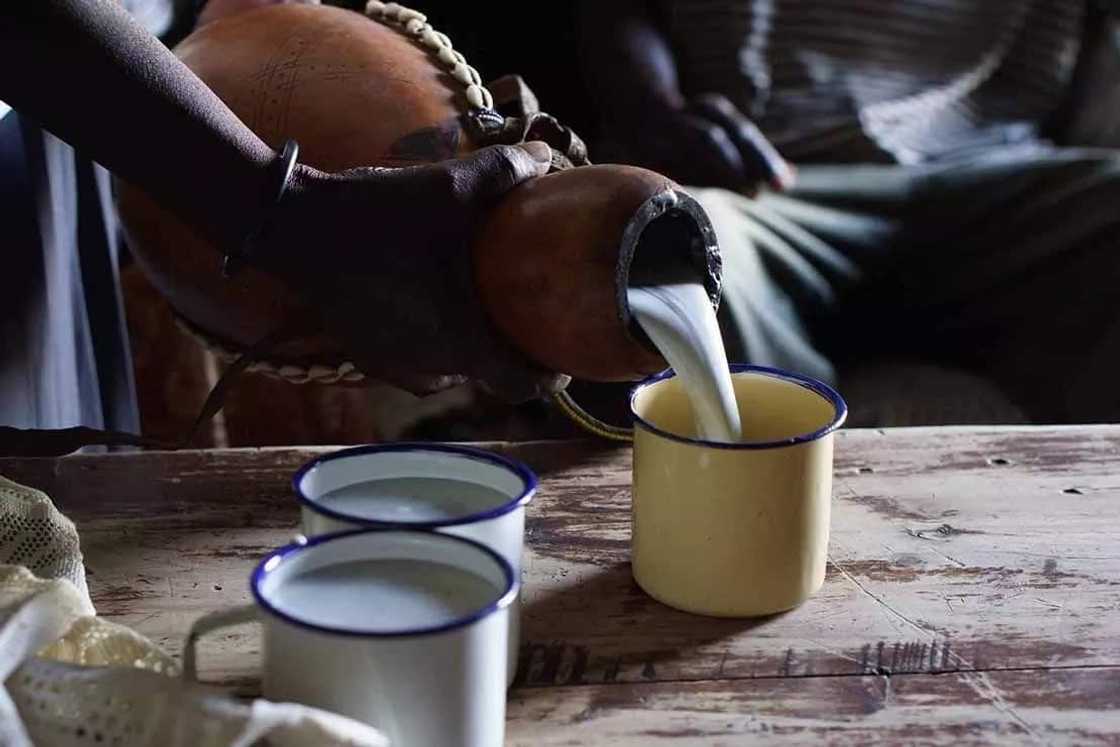
Traditional fermented milk, sometimes mixed with ash.
A specialty of the Kalenjin community, known for its unique smoky flavor.
Dawa
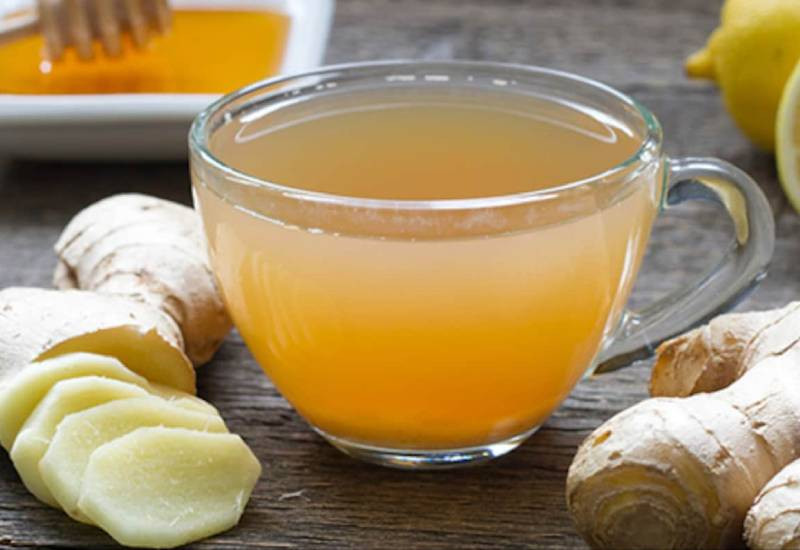
A honey, lemon, and ginger-infused hot drink.
A natural remedy for colds, also served as a cocktail with vodka.
Freshly Squeezed Juice
Made from fruits like mango, orange, or pineapple.
A common and healthy option found in restaurants and markets.
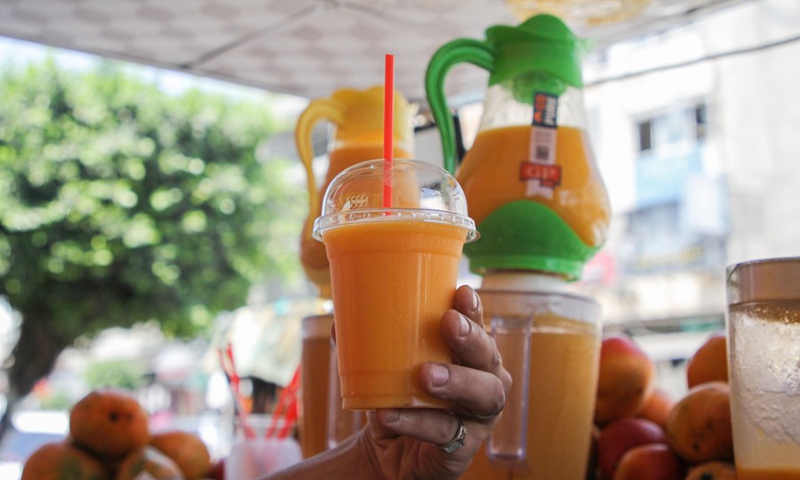
Madafu
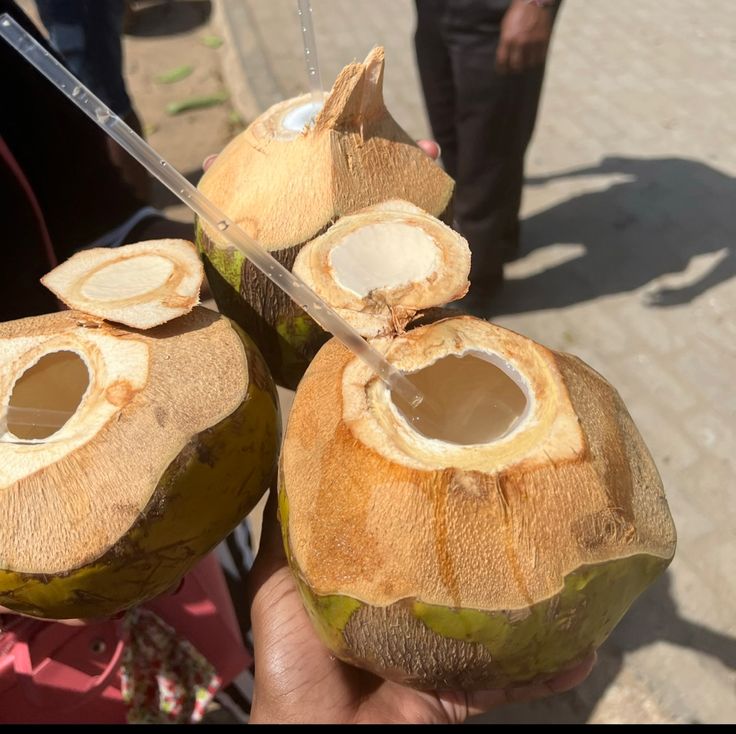
Fresh coconut water, served straight from the coconut.
A cool and hydrating drink, popular along the Kenyan coast.
Soda
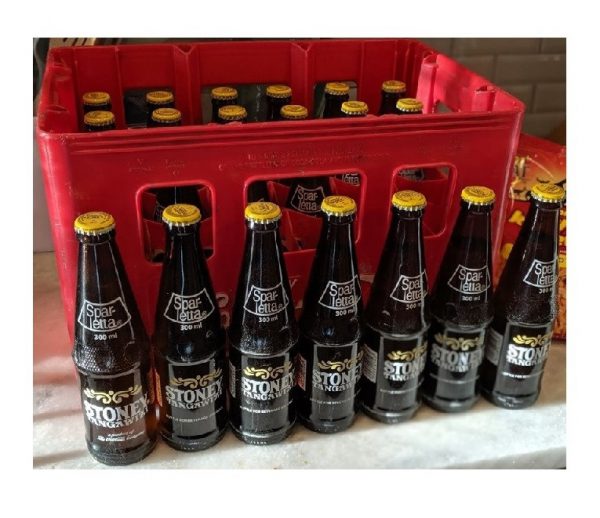
Carbonated soft drinks, including Coca-Cola, Fanta, and Stoney.
A common choice for refreshment, especially in hot weather.
Sugarcane Juice
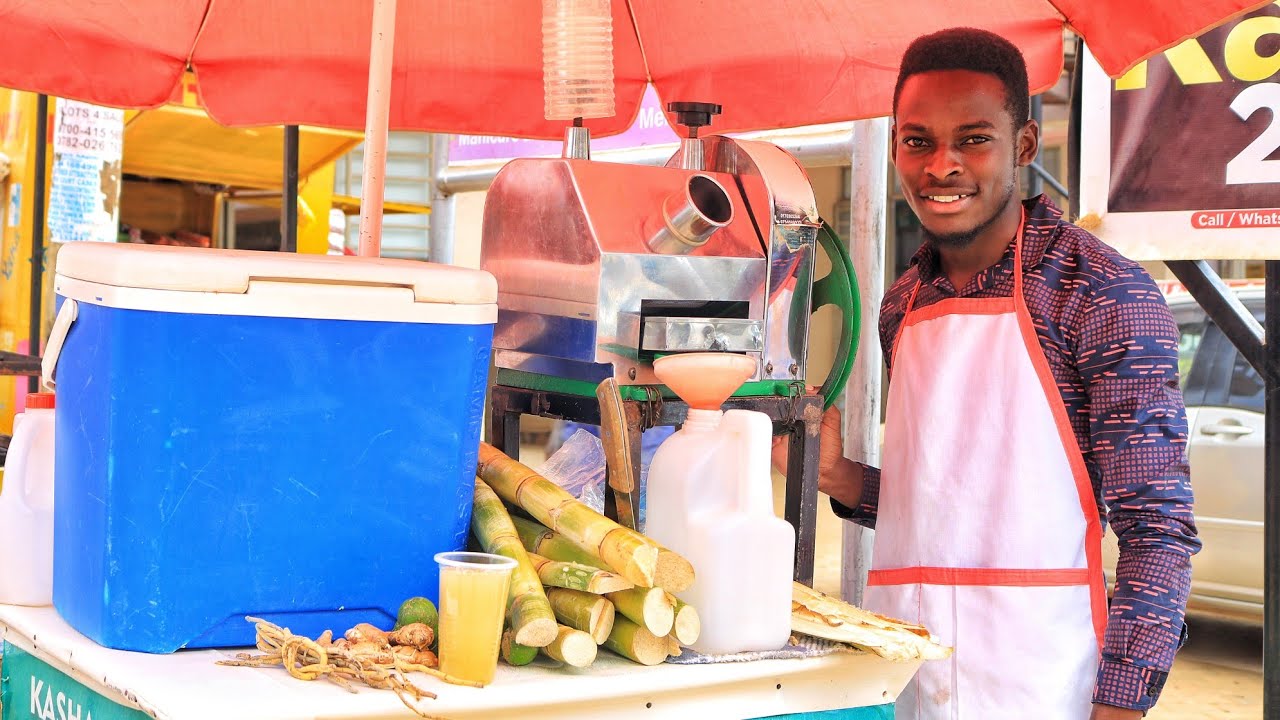
Freshly pressed juice from sugarcane, sometimes mixed with ginger or lemon.
A sweet and energizing street drink, found in markets and roadside stalls.
Supu
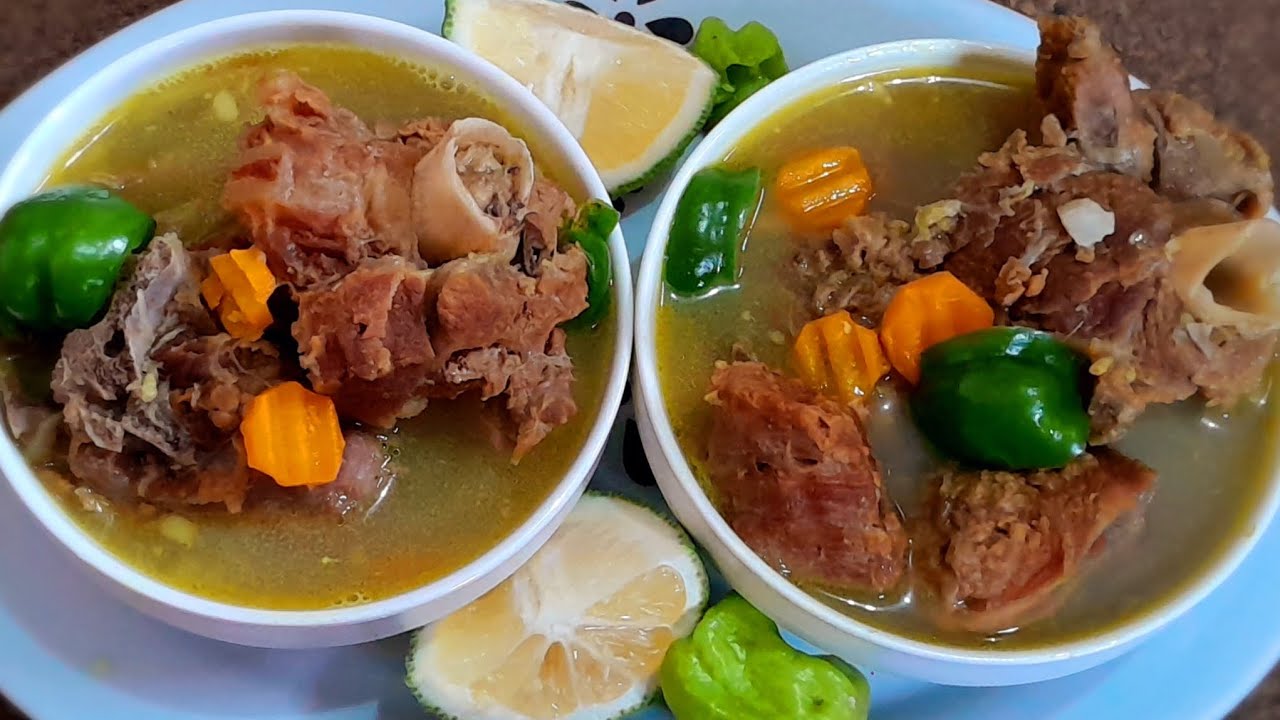
A rich, slow-cooked meat broth, often made with bones and spices.
A hearty and nourishing drink, commonly taken in the morning or after a long night.
Kenya’s diverse food and beverage culture reflects the country’s rich heritage and regional influences. From hearty traditional dishes to flavorful street foods and refreshing drinks, there is something for everyone to enjoy. Whether indulging in a plate of nyama choma, savoring a warm cup of chai, or grabbing a quick snack like smocha,
Kenyan cuisine offers a unique and satisfying experience. These foods and drinks can be found in homes, street stalls, and local establishments known as hoteli—small, affordable eateries that serve delicious homemade meals. Whether you’re a visitor or a local, exploring Kenya’s culinary delights is a journey worth taking, filled with bold flavors and unforgettable tastes.
For those looking to fully immerse themselves in Kenya’s vibrant culture, Bush Walker Adventures offers the perfect opportunity. From food tours to guided trips that showcase the country’s breathtaking landscapes and traditions, you’ll experience Kenya like never before. Book with Bush Walker Adventures today (link) and embark on a journey filled with authentic flavors, rich history, and unforgettable adventures!
